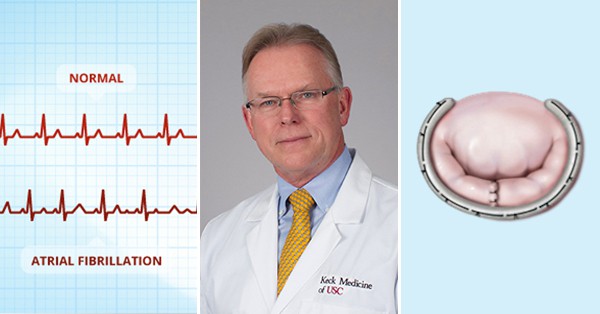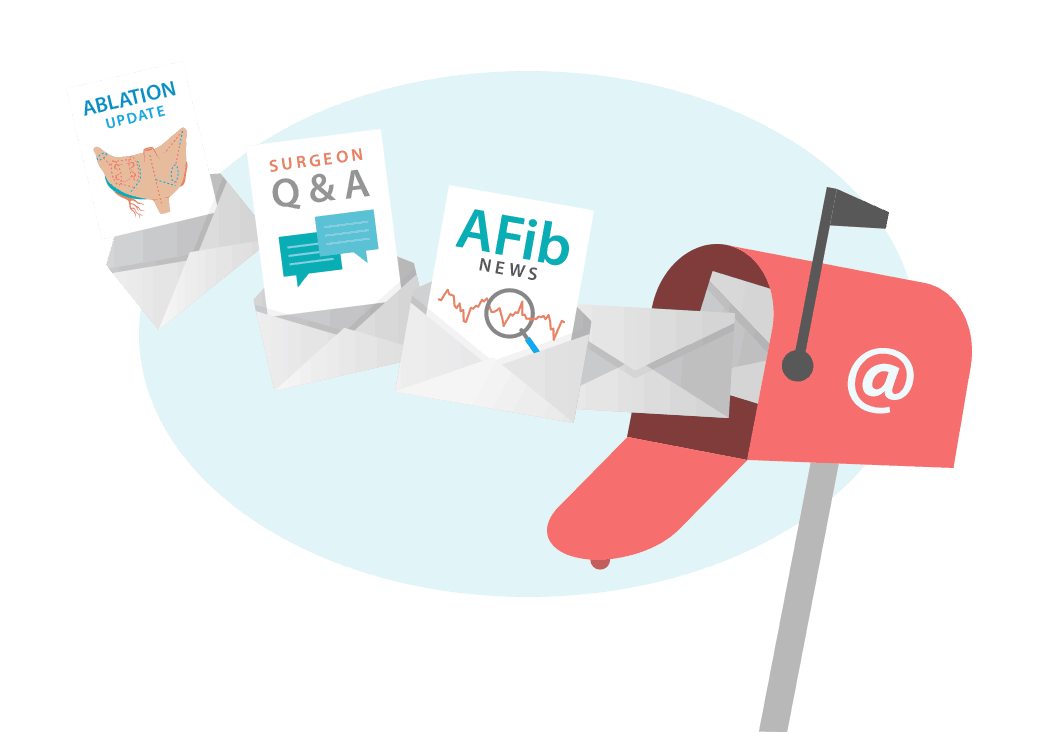With Dr. Vaughn Starnes from Keck School of Medicine of University of Southern California; June 21, 2019
Dr. Vaughn Starnes, MD, is the Chair of the Department of Surgery, Surgeon-in-Chief at Keck School of Medicine of University of Southern California and the 100th president of the AATS. Dr. Starnes has over 25 years of experience performing successful cardiac operations on both children and adults utilizing minimally-invasive mitral valve surgery, aortic valve surgery and concomitant AFib surgery.

Watch this video to learn why Dr. Starnes and the USC team perform a Cox-Maze IV procedure as their "Standard of Care" for patients with atrial fibrillation, valvular and/or coronary heart disease.
The key highlights of this video interview with Dr. Starnes about concomitant AFib surgical ablation include:
- Surgeons not performing a concomitant Cox-Maze IV procedure at the time of a valve surgery or CABG are not providing their patients a complete operation.
- The Cox-Maze IV procedure takes Dr. Starnes about 20 minutes to peform. Radiofrequency and cryoablation technologies have accelerated the operative time and effectiveness.
- The Cox-Maze IV lesion set is the preferred lesion set and gets patients back in sinus rhythm about 90% of the time.
- Concomitant AFib treatment should be the "Standard of Care" for surgeons with patients suffering from AFib, valve disease and/or coronary artery disease.
- Patients really appreciate life without AFib, without medications and without symptoms.
Video Transcript
For the hearing impaired members of this community, we have provided a written transcript of Dr. Starnes' video below:
I think concomitant AFib surgery was made possible by the new technology of radiofrequency ablation, cryoablation that just makes the technique simpler. I think a lot of us got interested in giving this to our patients to put them back in sinus rhythm in addition to repairing their valve.
Adding a concomitant Maze procedure to a mitral valve repair is actually pretty straightforward. There’s been many proposed lesion sets, the standard one we call the Cox IV I think that’s the lesion set we should use. It’s about 90% effective. To do the Cox-Maze IV, it takes about 20 minutes to complete that procedure. At USC, we’ve adopted the principal, if a patient has AFib, you’re going to the operating room either for mitral disease, aortic disease, even coronary artery disease, a concomitant Maze should be performed. I would say that philosophy has evolved over five years.
I think it’s incumbent upon our academic societies to really bring our data forth and show how effective it is and how much more beneficial it is in terms of reducing the stroke rate and improving the quality of those patients after surgery. I think the message should be to cardiac surgeons who don’t want to take the time to do AFib is you’re not giving your patients all the benefits you can.
Take 20 minutes, learn the lesion sets. Do that and you’re going to be amazed how many of those patients convert to sinus rhythm, and how many of those patients will get off these drugs, the beta-blockers, the Coumadin, and how appreciative they’re going to be to you. Even those patients who are not totally restored, and they have breakthrough, the cardiologist can now come in a more simpler ablation procedure, finish the Maze for you if you do miss some areas. It’s really important that we do this for our patients.


